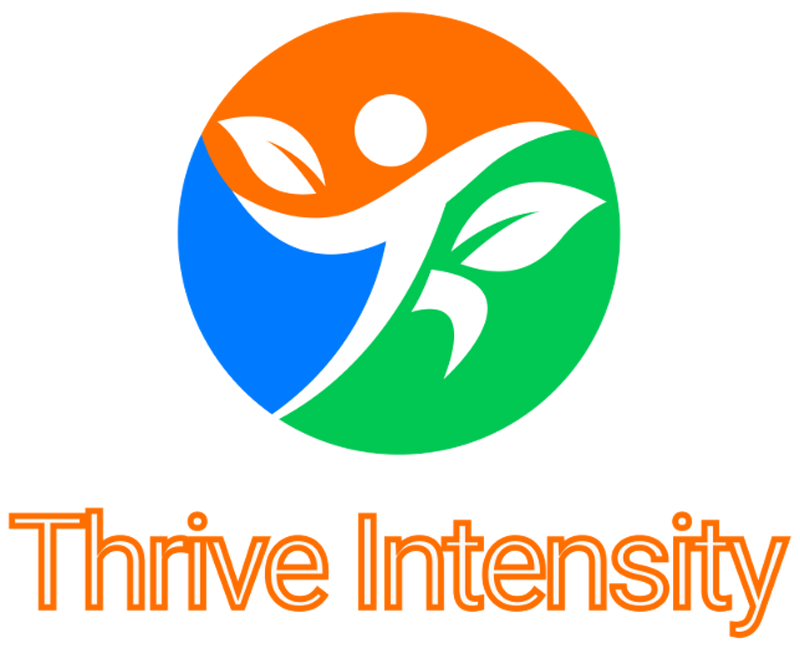
Fats: Friend or Foe? Understanding the Differences Between Saturated, Monounsaturated, and Polyunsaturated Fats
For decades, the word “fat” carried a bad reputation in nutrition conversations. Many believed eating fat would automatically lead to weight gain, heart disease, or other health problems. But modern science has reshaped how we view fats. The truth? Fats are essential—but not all fats are created equal.
Let’s break down the differences between saturated, monounsaturated, and polyunsaturated fats, and learn why healthy fats are vital to a balanced diet—and which ones you should minimize.
🧠 Why Fat Is Essential for Good Health
Before diving into the different types, it’s important to understand that fats are not your enemy. Your body needs fat for:
Brain function and development
Absorption of fat-soluble vitamins (A, D, E, and K)
Hormone production
Cell structure and function
Insulation and protection of organs
Energy storage
In fact, when chosen wisely, fats can help support heart health, mental clarity, skin health, and even weight management.
🥑 Monounsaturated Fats: The Heart-Healthy Hero
Monounsaturated fats (MUFAs) are considered one of the healthiest types of fat. These fats can help:
Lower “bad” LDL cholesterol
Raise “good” HDL cholesterol
Reduce inflammation
Improve insulin sensitivity
Sources of monounsaturated fats include:
Avocados
Olive oil
Nuts (almonds, peanuts, cashews)
Nut butters
Seeds (pumpkin, sesame)
✅ Best for: heart health, brain function, and everyday cooking
🐟 Polyunsaturated Fats: The Essential Fatty Acids
Polyunsaturated fats (PUFAs) include omega-3 and omega-6 fatty acids, which the body cannot produce on its own. These fats are essential for:
Brain development
Reducing inflammation
Supporting heart and eye health
Promoting healthy skin
Sources of polyunsaturated fats include:
Fatty fish (salmon, mackerel, sardines)
Walnuts
Flaxseeds and chia seeds
Sunflower, soybean, and corn oils
Omega-3 enriched eggs
⚠️ Caution: While omega-6 fats are important, excessive intake (especially from processed oils) without enough omega-3s can promote inflammation. Balance is key!
✅ Best for: reducing disease risk, supporting cognition and cardiovascular function
🍔 Saturated Fats: Use with Caution
Saturated fats are typically solid at room temperature and found in many animal-based and processed foods. While small amounts are fine for most people, high intake of saturated fats has been linked to:
Elevated LDL (“bad”) cholesterol
Increased risk of heart disease and stroke
Insulin resistance
Sources of saturated fats include:
Fatty cuts of red meat
Full-fat dairy (cheese, butter, cream)
Coconut oil and palm oil
Processed foods (baked goods, fast food, chips)
⚠️ Limit these to less than 10% of your daily caloric intake. Choose leaner cuts of meat and low-fat dairy when possible.
❌ Trans Fats: The True Danger
While we’re discussing fats, it’s important to mention trans fats, which are man-made and found in many fried and packaged foods.
Trans fats can:
Raise LDL (bad cholesterol)
Lower HDL (good cholesterol)
Increase inflammation
Drastically raise the risk of heart disease
🚫 These should be completely avoided. Many countries have banned trans fats in food manufacturing, but always read labels for “partially hydrogenated oils.”
🥗 Putting It All Together: Fat in a Balanced Diet
The key to optimal nutrition isn’t eliminating fat—it’s choosing the right types in the right amounts. Here’s how to balance your fat intake:
Cook with olive oil or avocado oil instead of butter
Add nuts, seeds, or avocado to salads and meals
Eat fatty fish 2-3 times per week for omega-3s
Choose lean meats and low-fat dairy when possible
Limit fast food, fried foods, and processed snacks
Read labels and avoid anything with trans fats
👩⚕️ How a Nutrition Coach Can Help
Understanding the differences between fats can feel overwhelming, especially with conflicting advice online. As a Certified Nutrition Coach and Registered Nurse, I can help you:
Identify your personal fat needs
Improve your heart and brain health with healthy fats
Create meal plans that include satisfying, nutrient-rich foods
Understand food labels and cook with better oils
Break free from the fear of fat and fuel your body properly
🌟 Final Thoughts
Fats are not the villain—they are vital for your health. The goal is not to eliminate fat, but to be smart about the kinds of fat you eat. With the right knowledge and guidance, fat becomes your ally in feeling good, thinking clearly, and thriving with intensity.
Click HERE to schedule your Complimentary Consultation.







